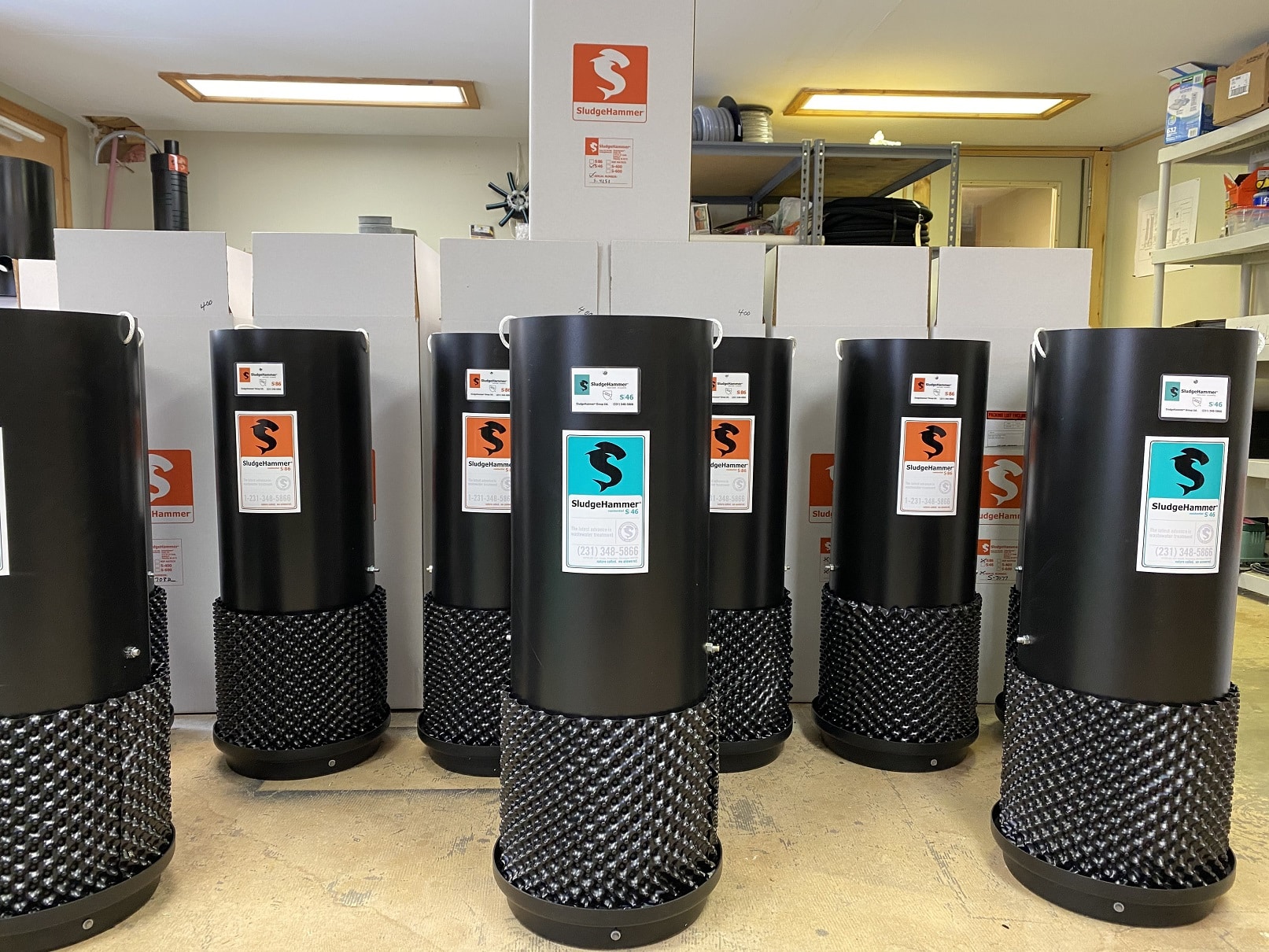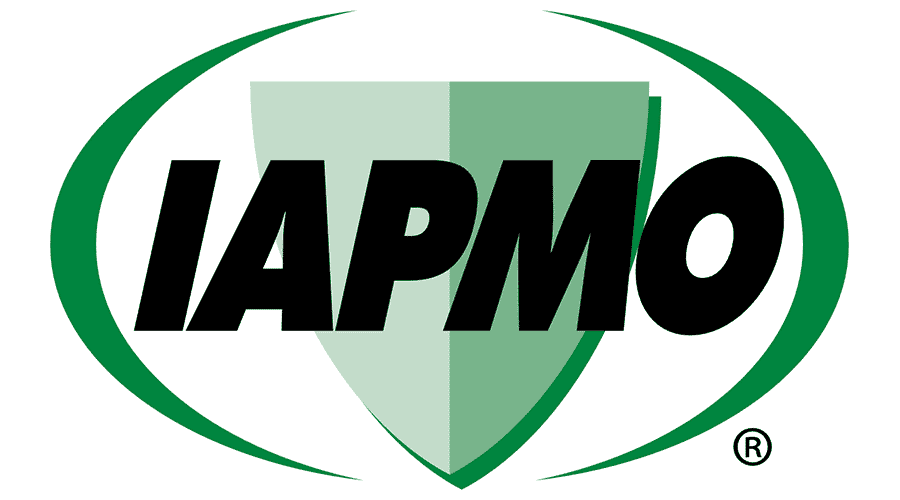Coagulants and flocculants are used in wastewater treatment as a core concept for wastewater biotechnology. In most conventional treatment processes, the object is to get organic material out of water in a form that you can physically remove, by settling or filtering, and this is what coagulants and flocculants achieve. In this blog we will cover what the role of coagulants and flocculants are in wastewater, and why they are actually not the best option for wastewater treatment.
What are flocculants?
Flocculants are chemicals that cause materials in water to create flakes that can become large enough to settle to the bottom. The definition of flocculate means to cause materials to form into small clumps and masses, which is exactly what these chemicals do to the materials around them. In wastewater treatment, flocculants are things like polyacrylamide and other synthetic molecules.
What are coagulants?
Coagulants are chemicals that cause suspended particles to bind to each other and accumulate into gel-like materials that can be swept out of the water. These chemicals do exactly what they say, in that they cause materials to coagulate (change to a solid or semi-solid state). In wastewater treatment, coagulants can be minerals like aluminum sulfate, ferric chloride or organic amine groups or tannins.
Why are coagulants and flocculants used in wastewater treatment?
The first part of removing organic pollutants from wastewater is to get out all the large particles as quickly as possible. This is done by settling. Since the remaining material is dissolved, it won’t settle and cannot be filtered out. Therefore, bacteria are used to consume the dissolved nutrients, growing bacteria bodies in the process. The bacteria convert a lot of this material into carbon dioxide through the digestion process so that part leaves the water as a gas. The residual, now consisting of bacterial bodies can be filtered out leaving behind clean water. However, bacteria are too small to be directly filtered out.
How do coagulation and flocculation work together?
Flocculants are used first to cause these suspended bacteria to settle so they can be removed and sent to filters. Once at the filter, the coagulants are added to agglomerate the material so that liquid can pass through the material when filter presses add pressure. Both are primarily used to concentrate compounds in wastewater so they can be removed from the water, leaving behind clean water. However, after all this complicated processing you are still left with sludge that is 80-90% water. This gets sent off to a landfill or is trucked away to plow into soil or left to sit. The central feature to the process of using coagulants and flocculants is inefficiency. The wastewater treatment process takes lots of energy, lots of chemicals, trucks, pumps, aerators, etc. and yet you’re left with a large amount of sludge that is unsafe to be reintroduced back to the environment. The use of coagulants and flocculants evolved back when the petroleum and petrochemical industries were King and chemical sales was big business.
How does the SludgeHammer make a difference compared to coagulation and flocculation?
SludgeHammer was created to put the bio back in biotechnology. Because the industry was dominated by engineers and petrochemicals, nobody thought about finding species of bacteria that were suited by their very nature to more complete digestion of organic waste. Instead, we had systems built around random bacteria that came in willy-nilly into the system and didn’t worry about how effective they were because petrochemicals were cheap and abundant. As a consequence, we have thousands of landfills sitting on billions of tons of rotting petrochemicals mixed with human sludge.
SludgeHammer has no use for coagulants or flocculants. We introduce particular bacteria that are much better at absorbing and digesting the dissolved materials. We also hold the bacteria in our bioreactor on surfaces that have the liquid passing over the bacteria 24/7. The entire contents of a septic tank are circulated using air through our bacterial matrix over 20 times a day so everything is consumed in place. There are no solids that have to be collected or removed on a daily basis. Our bacteria take care of this mess by efficiently converting organic carbon in waste into carbon dioxide in the atmosphere. No muss, no fuss.
It’s time to stop using coagulants and flocculants in wastewater treatment. SludgeHammer processes are cleaner, more effective, and will save you time and money in the long run. Cleaning out the sludge of human waste after a coagulation can be a disgusting process, but SludgeHammer keeps your septic system running successfully so there’s no need to worry about the ‘unfiltered’ wastewater — there’s no such thing when you use a SludgeHammer. Contact us about how you can stop dealing with sludge and install a SludgeHammer today!






